Hope Makers Japan Trip
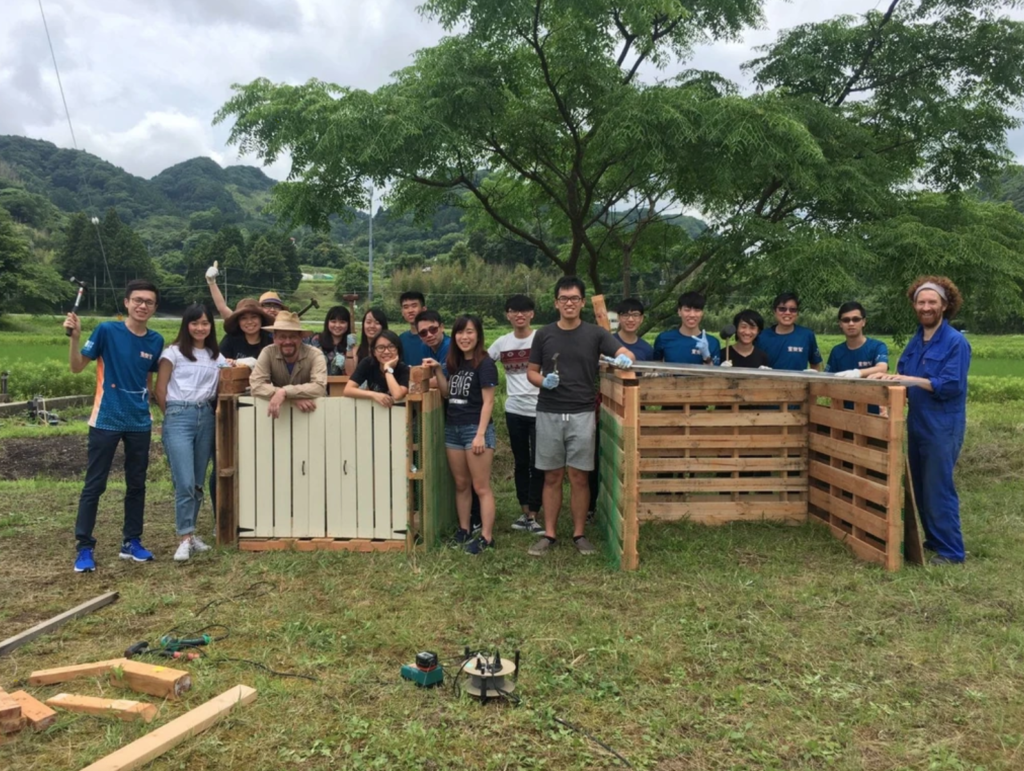
Last week, Aki and Maria from MakerBay together with HKBN CSI team and 3 teams of Hope Makers students travelled to Tokyo Japan to learn about how Japan do their city waste reduction.

==== Day 2 ====


Our first stop is Miraikan – The National Museum of Emerging Science and Innovation. At 2pm, we arrived Safecast lab to learn how to build a bgiegie from Safecast folks. Many students were excited as this was the first time they do soldering. Then director of Safecast Pieter gave a presentation on the mindset of Safecast and brought us to measure radioactivity in Tokyo street.
One fun fact from Jam: radioactivity in HK is 5 times higher than japan (Can you guess why? Answer is at the end of this post) 😮
==== Day 3 ====



We spent a peaceful and slow pace day at Chiba. Our first stop is Hackerfarm. From there we learnt different types of composting method and how compost bin works. We also had lots of fun in building the compost bins for the community. Next, we hiked to visit a permaculture farm. The farm manager told us the story of rebuilding the community in Chiba agricultural village and how to get MUJI support. The day ended with a wonderful farm-side BBQ. Each team also pitched to the Hackerfarm folks. Everybody enjoyed!
==== Day 4 ====



In the morning, we visited Re-Term at Eco town. Re-Tem is a metal recycling factory, the company representative showed us how they collect and process the electronics and metal wastes. I also found some fun facts about Re-Tem:
- After crushing the industrial waste, the dust can be sent it to power plants to generate power
- I was quite surprised that Re-Term did not get any support from Japanese government
- Unfortunately we were not allowed to take pictures…
- The company representative also urge us to think more when we purchase a smartphone. We (also the smartphone companies) should also consider is the product easy to repair and recycle. For instance, some smartphones’ battery is inseparable and embedded, which makes the recycling more harsh.


At noon, students then had mingling lunch at the Fabcafe Tokyo. After that Taikin gave us a tour aound FabCafe Tokyo. I stayed behind to meet BioClub folks. It is encouraging to meet like-minded people from diverse background. We share experience and challenges on how to operate a community lab, build community and projects. The BioHack Academy Graduate Exhibition is awesome. I wish to bring this back to DIYBIO Hong Kong and MakerBay.
Bye Tokyo! Let see each other at the final pitching day on 10 July.
My overall takeaways (Maria):
Japan is not that environmental friendly as I thought, many plastics bags. When I shop in Shinjuku, the shops give you plastic bags every time, even I just bought a ice-cream cone…but I have to appreciate Japanese are very self-disciplined and thoughtful at the same time. The train in Japan is incredibly quiet, they do not talk on phone or talk loud, also they don’t discard garbage at the street but bring back to home instead. I also appreciate the dedication of the Safecast folks and hacker farm folks. From Pieter’s presentation, there are one Lucky God I have strong impressions. “Deploy or die” reminds me that my time is limited, so it’s wiser to not overthink, try it out first!
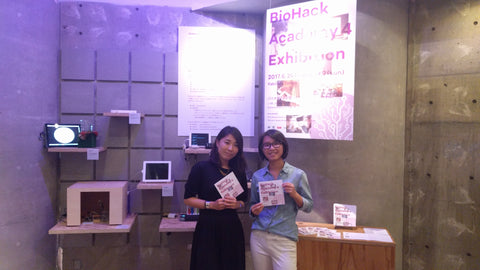
Answer: Because of the building materials in Hong Kong composed of high amount of granite. These stones may contain veins of naturally occurring radioactive elements like uranium, thorium, and their radioactive decay products.


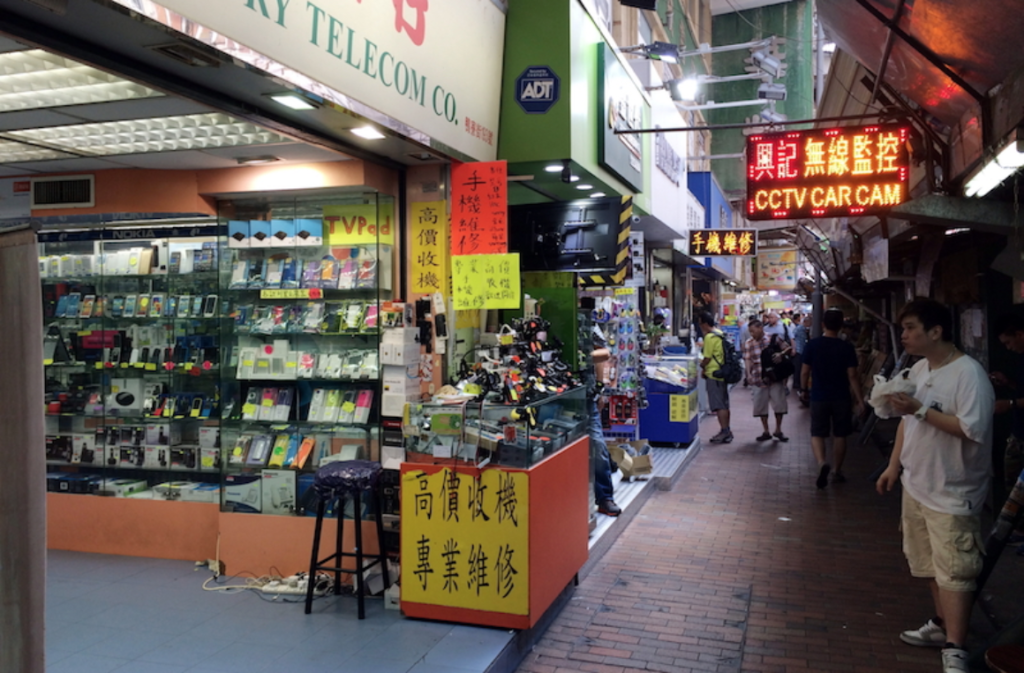
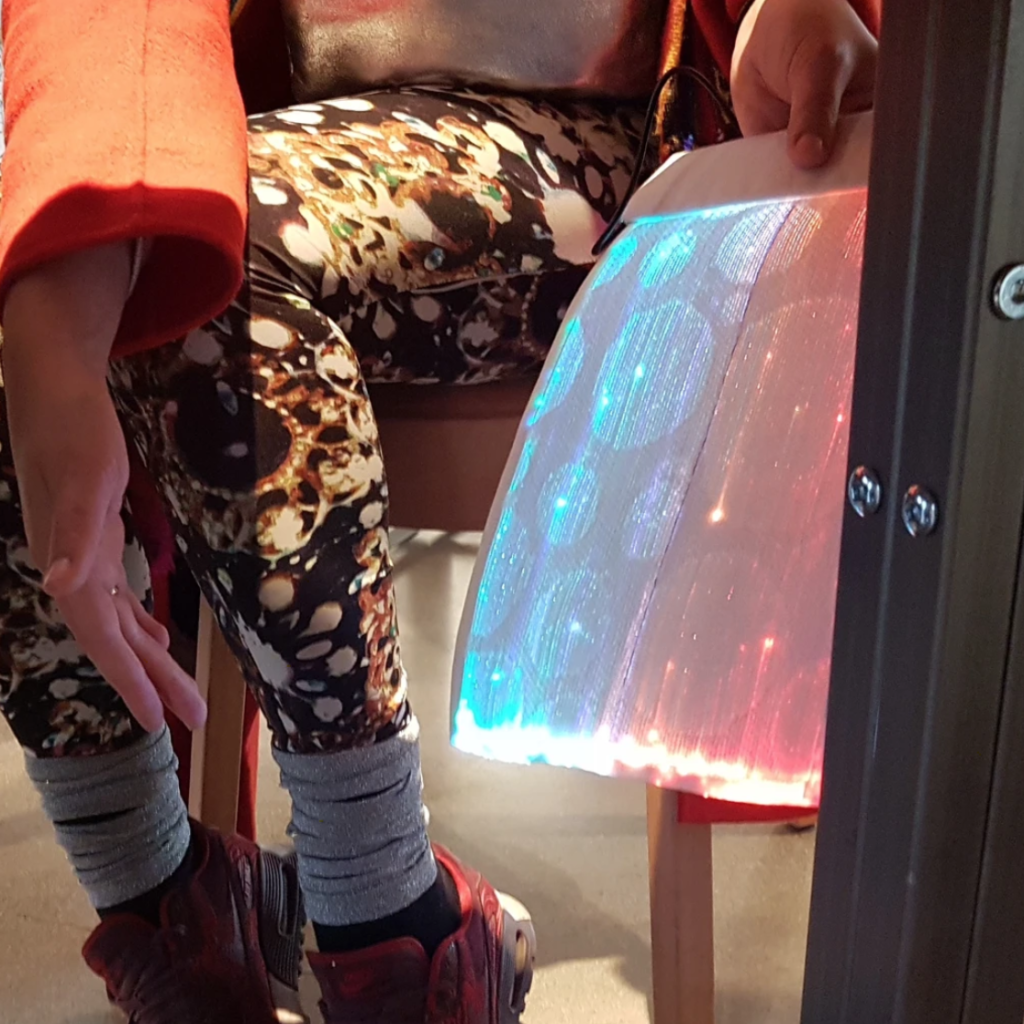
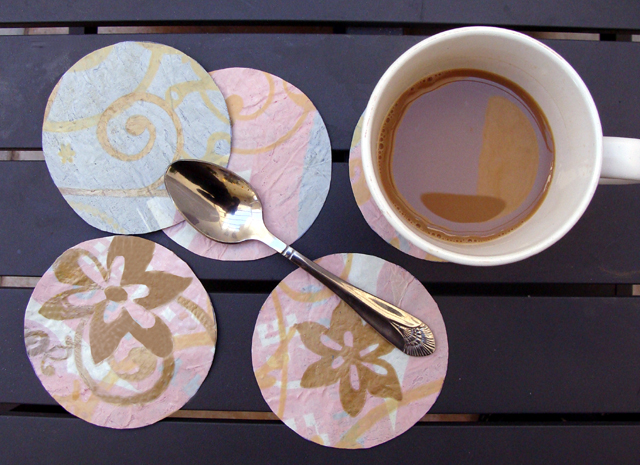
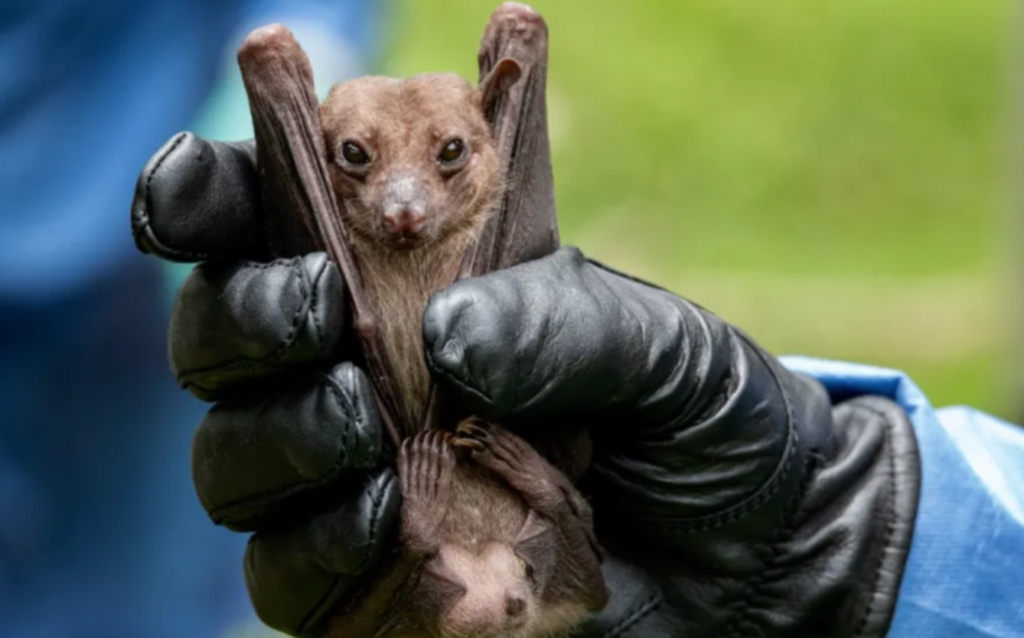
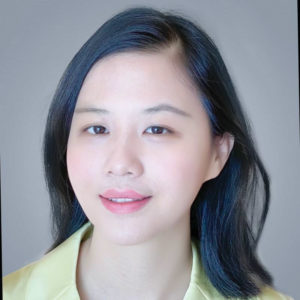
Responses